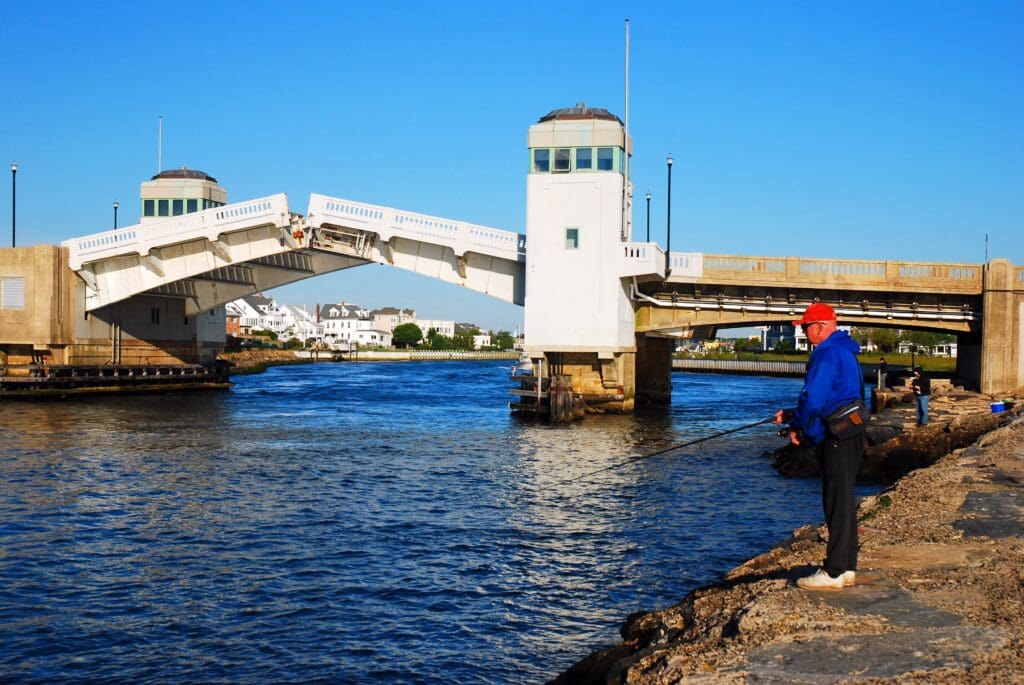The Garden State’s infrastructure is under fire again. This time, its bridge infrastructure is showing some severe signs of wear and tear. Thousands of structures have been flagged for repair in a recent report by the American Road & Transportation Builders Association (ARTBA). Following the data, 2,563 of New Jersey’s 6,827 bridges have been identified as needing repairs.
That translates to a whopping 38 percent of the state’s bridges, a staggering number to say the least.
While the numbers might seem alarming, officials stress that “structurally deficient” doesn’t mean dangerous. ARTBA’s chief economist explained that the term refers to bridges where one or more critical elements—such as the deck, supports, or foundational structure—are in poor condition. It does not mean those bridges are at risk of collapse.
The New Jersey Department of Transportation echoed that reassurance, saying the state has invested heavily in maintaining its transportation infrastructure and continues to monitor bridge conditions closely.
Aging Infrastructure Meets Harsh Conditions
The high number of bridges needing repairs across New Jersey isn’t necessarily a sign of neglect—it’s mostly about age. The average bridge in the state is around 57 years old, and like anything built decades ago, regular checkups and maintenance are just part of the deal. The state runs a routine inspection program, taking a close look at any bridge longer than 20 feet every couple of years.
Then there’s New Jersey’s location. Sitting at the heart of a central transportation corridor means heavy truck traffic day in and day out, and all that weight puts pressure on already aging structures. Add in the wild swings in weather—icy winters, storms, dramatic temperature changes—and it’s easy to see how the elements speed up wear and tear. Bridges near the coast face another problem entirely: salt in the air and water, which gradually eats away at materials like concrete and steel.
Some of the most heavily used bridges flagged for repairs are approaching their hundredth birthdays. One in Burlington County dates to 1925; another in Camden County was built in 1930. Despite their age, both still carry thousands of cars and trucks every single day.
Safety Measures in Place
When a bridge’s condition becomes critical, transportation officials can take immediate action. This may include reducing the weight limits allowed on the structure or closing it entirely until it can be repaired.
The number of bridges in need of repair has grown slightly in recent years. In 2020, there were 2,433 bridges identified for work. Today, that number stands at 2,563. Despite the uptick, progress is being made, as each year’s data reflects updated inspections and ongoing projects.
In terms of size, structurally deficient bridges now account for just over 6 percent of the total deck area across all bridges in the state.
More Funding on the Way
Looking ahead, New Jersey is set to receive $75 million from the Federal Highway Administration in 2026, part of a larger transportation improvement package. A portion of that funding will go toward bridge repair and rehabilitation.
With millions of vehicles crossing these spans every day, over 7 million daily, according to ARTBA, the effort to upgrade and maintain New Jersey’s bridges is both a safety priority and an economic necessity.
The New Jersey Digest is a new jersey magazine that has chronicled daily life in the Garden State for over 10 years.
- Staffhttps://thedigestonline.com/author/thedigeststaff/
- Staffhttps://thedigestonline.com/author/thedigeststaff/
- Staffhttps://thedigestonline.com/author/thedigeststaff/
- Staffhttps://thedigestonline.com/author/thedigeststaff/


